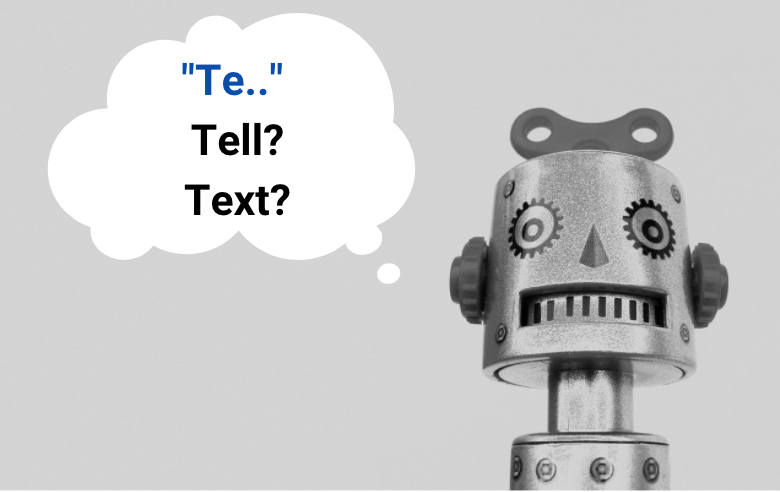Humans vs. Robots vs. Robots vs. Humans: Part 2 (Cybersecurity, AI, and Human Rights)
Our last month’s edition of the Dataspace newsletter looked at the growing applications of AI for cybersecurity, and explored how some of the major players in tech are incorporating AI based security tools into the […]
Humans vs. Robots vs. Robots vs. Humans: Part 2 (Cybersecurity, AI, and Human Rights) Read More










